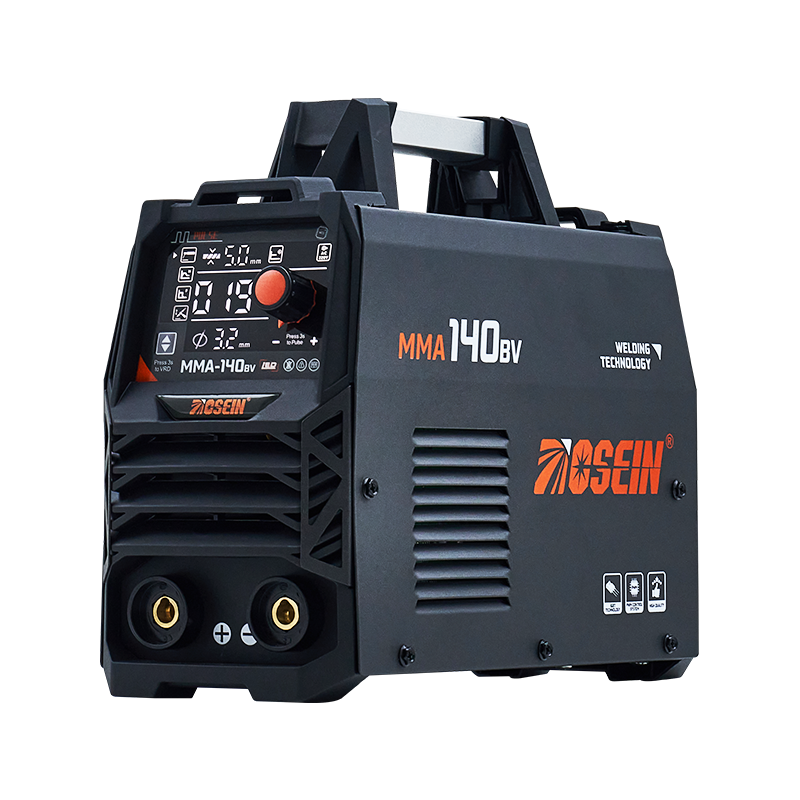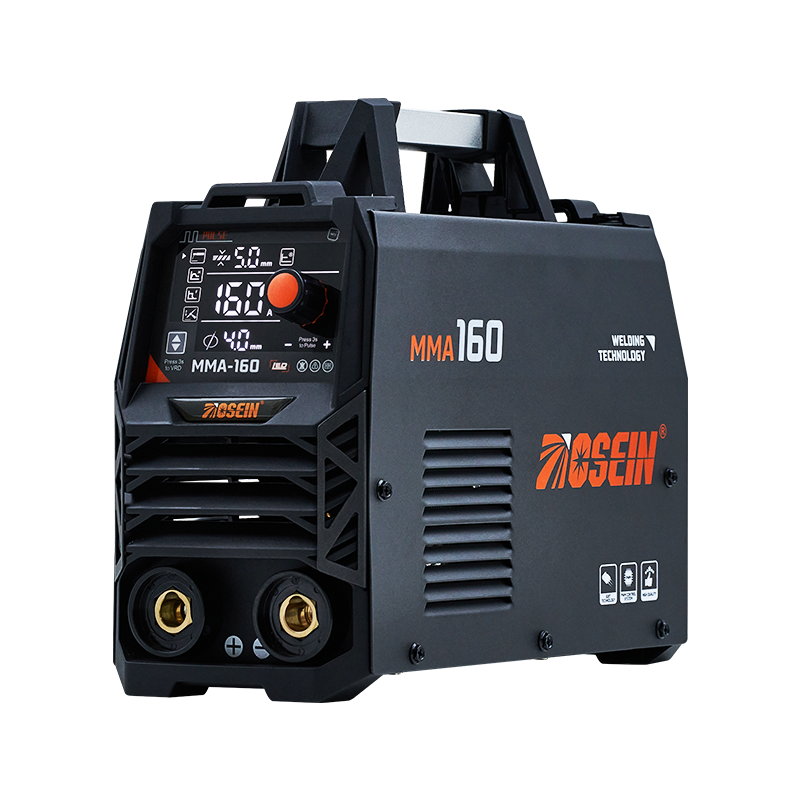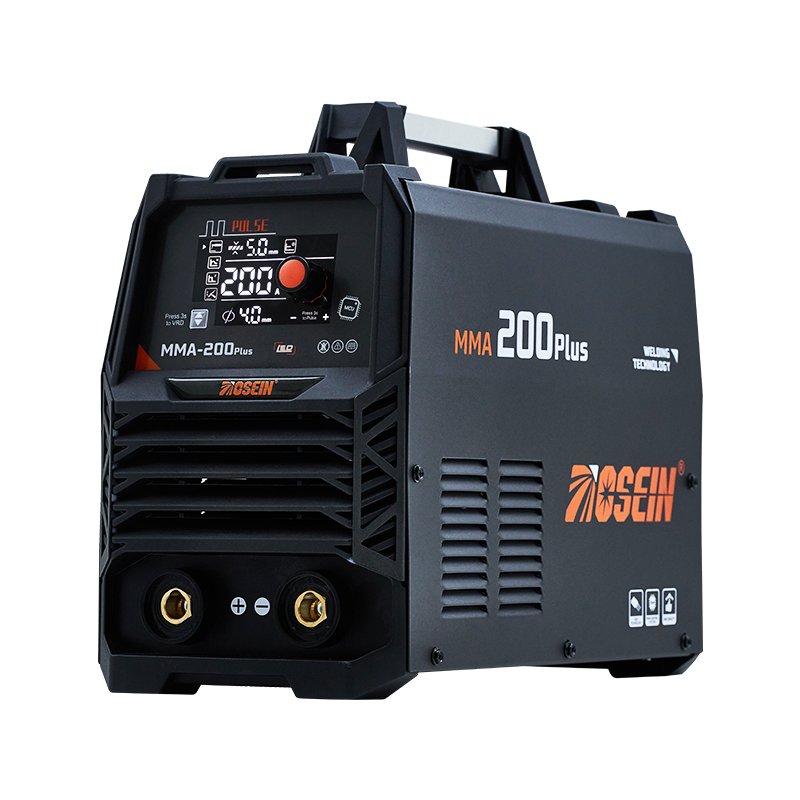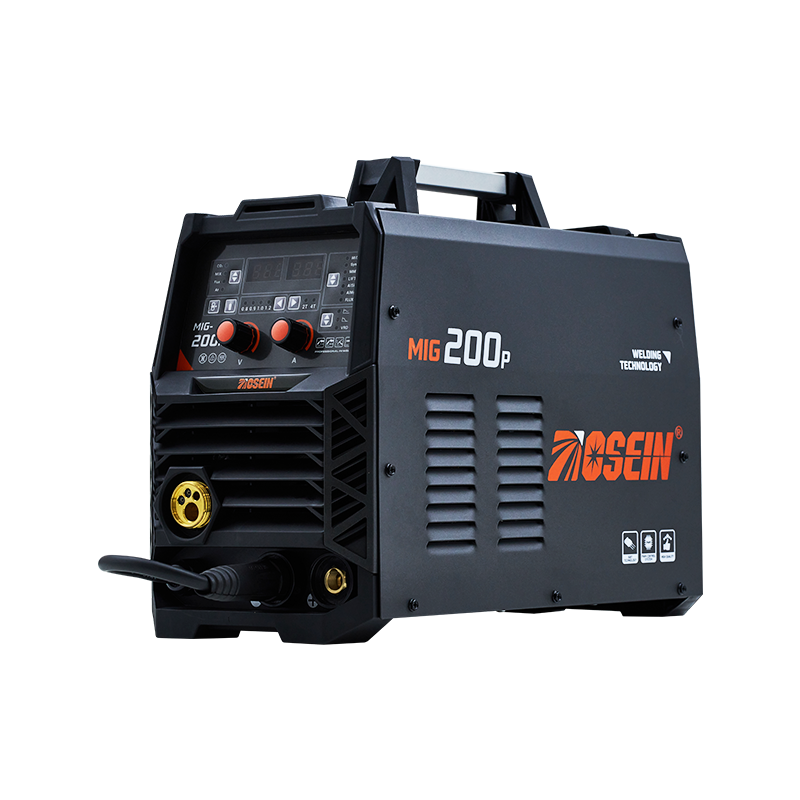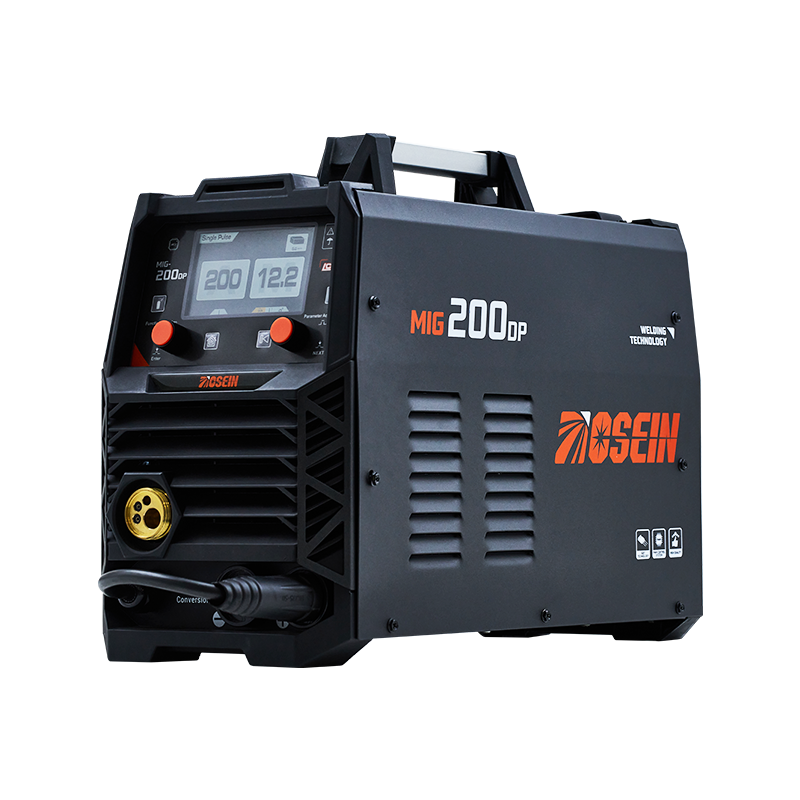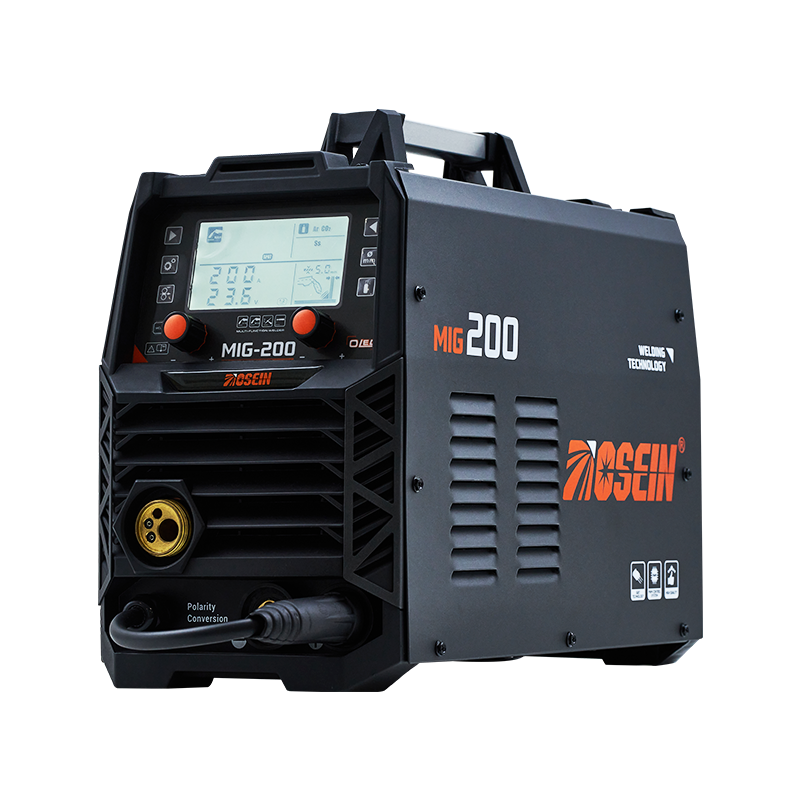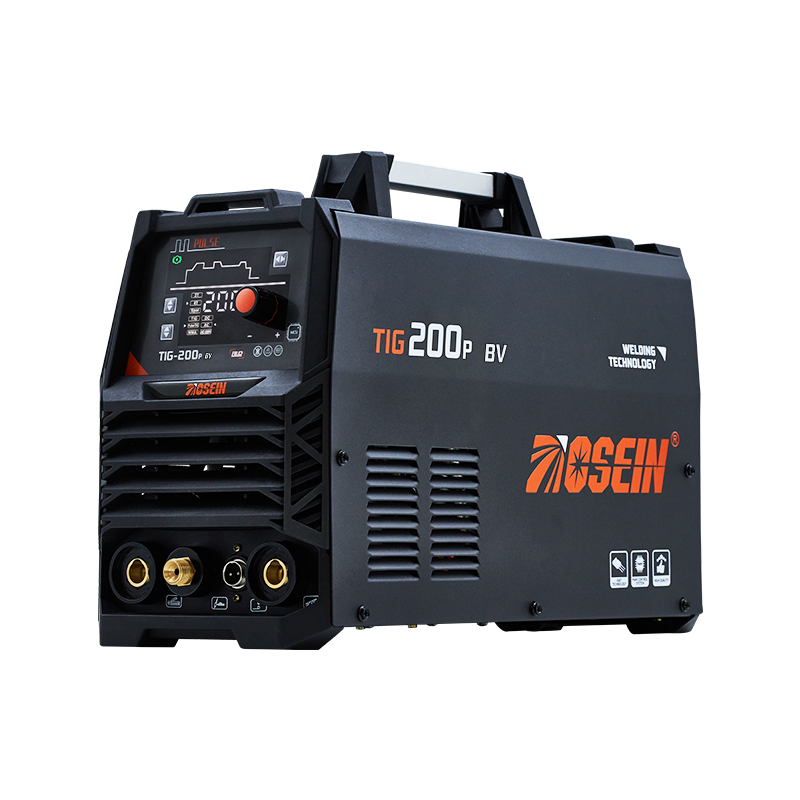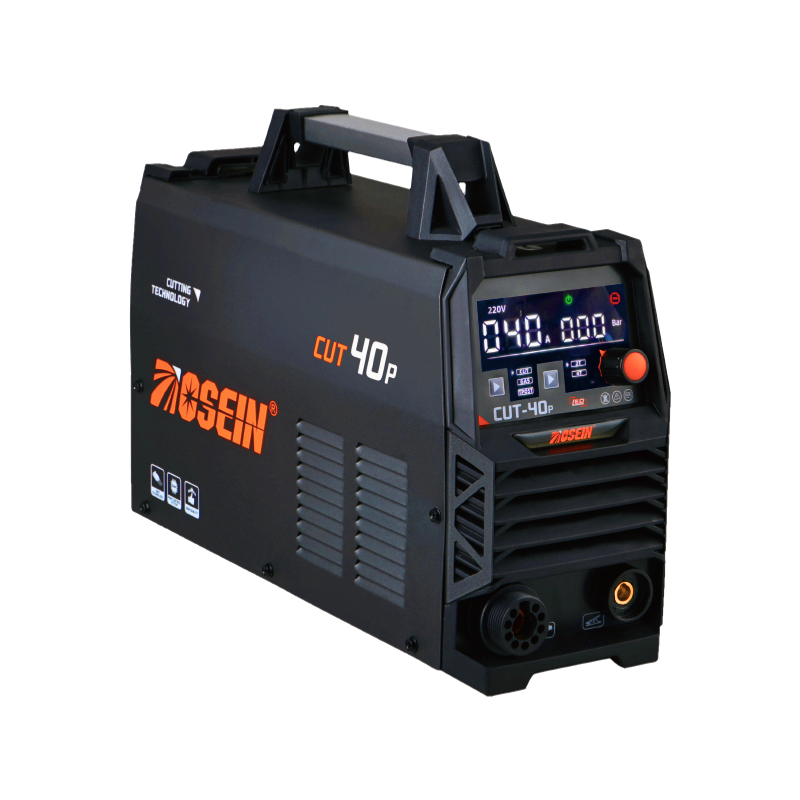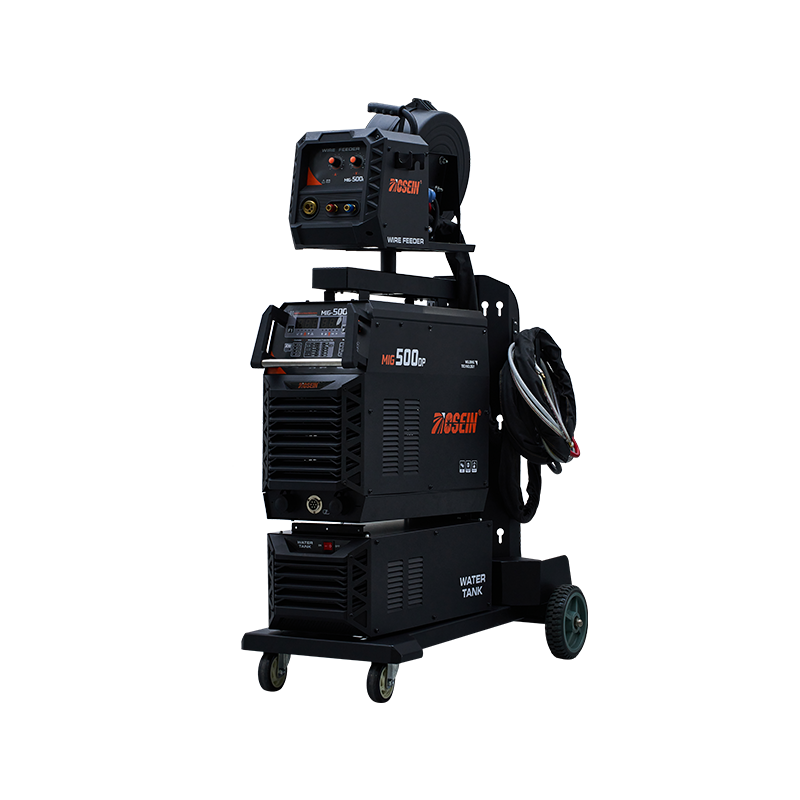
For DIY welders, small workshops, and light industrial users, choosing the right welding equipment can make all the difference in project efficiency and quality. Among various types, the Single Phase MIG Welding Machine stands out as a practical choice for home and small-scale fabrication work. It offers a balance of power, portability, and ease of use, making it ideal for users who don't require heavy industrial equipment. But how can you select the right one for your needs?
Understanding the Single Phase MIG Welder
A Single Phase MIG Welder operates using a standard household or workshop power supply—usually 220V or 240V—making it accessible for many users. Unlike three-phase models, which are intended for heavy-duty production, single-phase welders are designed for moderate workloads such as automotive repairs, metal furniture, and small fabrication tasks.
These machines use a wire feed system with shielding gas to create clean, strong welds on materials like mild steel, stainless steel, and aluminum. The simplicity and accessibility of a Single Phase MIG Welding Machine make it a popular choice for both beginners and professionals who work on smaller projects.
Why Choose a Single Phase Machine?
The biggest advantage of a Single Phase MIG Welder is convenience. Since it runs on a regular electrical outlet, there's no need for industrial wiring or special installation. This makes it suitable for home garages, small workshops, or mobile use.
A Portable Welding Machine Single Phase model enhances this convenience further. It can be easily moved between work areas, allowing flexibility when working on-site or in limited spaces. Despite being compact, many of these machines offer adjustable power settings and steady arc performance suitable for different material thicknesses.
Key Features to Consider
When selecting a Single Phase MIG Welding Machine, it's important to evaluate certain features that directly affect performance and usability:
- Amperage Range: A wider range allows you to weld both thin and medium-thickness metals effectively.
- Duty Cycle: Indicates how long the machine can operate before cooling down—an essential factor for longer jobs.
- Wire Feed System: A stable, adjustable wire feed ensures consistent weld quality.
- Portability: A Portable Welding Machine Single Phase should be lightweight yet durable enough for regular movement.
- Ease of Use: Simple controls and clear displays help ensure smoother operation, even for less experienced users.
By comparing these specifications, you can find a machine that fits your exact working conditions without unnecessary cost or complexity.
Applications and Practical Benefits
A Single Phase MIG Welder is versatile enough for various projects—automotive bodywork, light structural fabrication, and home repairs are all within its capabilities. A Portable Welding Machine Single Phase is particularly useful for maintenance or outdoor jobs, where power access may be limited.
While three-phase welders handle larger workloads, the Single Phase MIG Welding Machine offers a practical balance between performance and convenience for smaller tasks. It's energy-efficient and often quieter, which adds comfort to the working environment.
Choosing the right Single Phase MIG Welding Machine comes down to understanding your power supply, workload, and mobility needs. A reliable Single Phase MIG Welder offers consistent performance for general fabrication and repair tasks, while a Portable Welding Machine Single Phase gives you added flexibility for varied projects. By focusing on amperage range, duty cycle, and portability, you can select a welder that supports your work efficiently without unnecessary expense or setup requirements.
